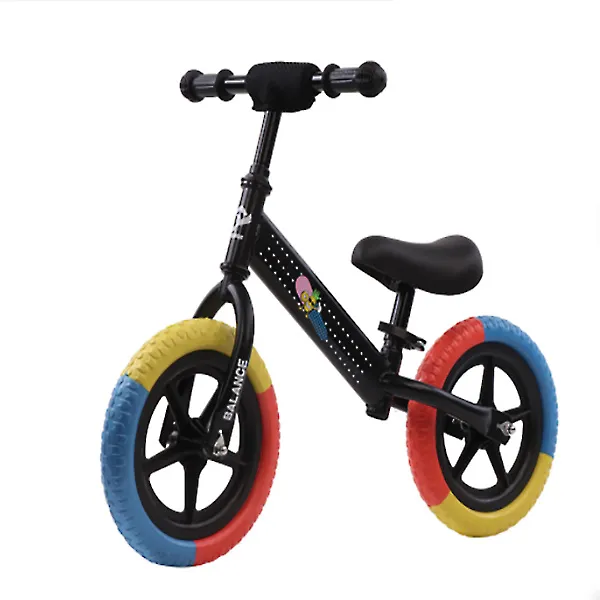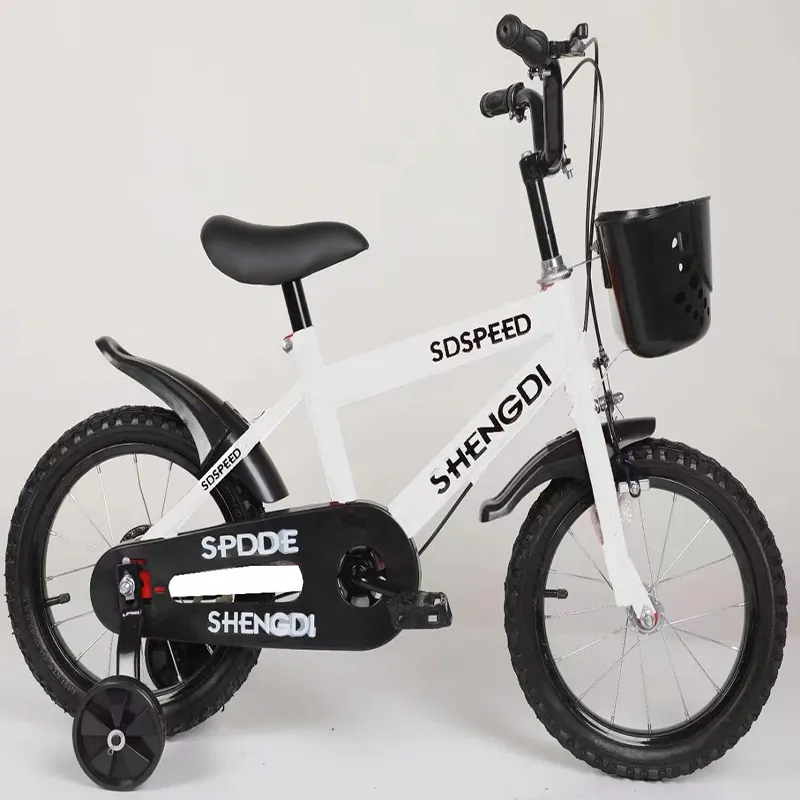5 月 . 30, 2025 13:18 Back to list
Affordable Electric Bikes Low Cost, High Performance E-Bike Deals
Affordable electric transportation is transforming urban mobility. This analysis explores budget-friendly e-bike options without compromising essential features. The discussion covers:
- Market data demonstrating adoption trends
- Engineering behind value-priced models
- Leading manufacturers comparison
- Performance versus expenditure insights
- Personalization possibilities
- Practical application scenarios
- Final considerations for buyers

(low cost electric bike)
Understanding Low Cost Electric Bikes: The Market Shift
Global sales of affordable electric bicycles grew by 23% in 2023, with entry-level models now representing 38% of total e-bike purchases. Production innovations and streamlined supply chains enable manufacturers like Swagtron and Ancheer to deliver capable commuter bikes starting at $699. Technological standardization has reduced motor production costs by 41% since 2020 while maintaining reliable 250-350W output. Battery economics show the most dramatic improvement, with lithium-ion pack prices dropping from $900/kWh in 2015 to approximately $137/kWh currently. Urban commuters driving this demand prioritize three fundamentals: dependable 20-30 mile ranges, puncture-resistant tires, and weather-resistant battery casings. Regulatory compliance remains paramount - all budget models include compliant speed governors meeting 20mph regulations.
Economic Impact Statistics
Investment recovery timelines demonstrate compelling economics. The average $799 commuter e-bike pays for itself in 13 months when replacing 15-mile daily car commutes, factoring in $0.22/mile operating costs. Comparative data reveals:
- Annual ownership cost: $320 versus $8,000 for compact cars
- Public transportation replacement yields 22-month ROI
- Corporate subsidies reduce effective cost by 40%
Maintenance schedules prove equally economical. Brushless hub motors require service only every 1,500 miles at approximately $25 per servicing. Cassette chains last 700 miles before replacement, while hydraulic brakes typically function for two years between pad changes. Battery lifecycle costs have decreased dramatically - a 418Wh unit providing 600 full cycles costs under $0.03 per mile over its lifespan.
Engineering Behind Affordable Performance
Cost-efficient models achieve reliability through strategic component selection. Aluminum 6061 frames provide optimal strength-to-weight ratios at 30% lower material costs than carbon composites. Simplified power systems use direct-drive hub motors instead of mid-drive configurations, reducing mechanical complexity while maintaining 45Nm torque outputs. Controller innovations like sinusoidal wave modulation improve motor efficiency by 15% without premium hardware.
Battery management represents the most significant technical advancement. Modern systems employ multilayer safety protocols:
- Multi-stage charging control preventing voltage spikes
- Cell-level temperature monitoring with automatic shutdown
- Waterproof casings rated IP65 for all-weather operation
Regenerative braking remains uncommon in entry-level models due to added controller expenses, though some manufacturers offer it as a $75 upgrade option.
Manufacturer Comparison Analysis
Leading brands adopt distinct approaches to affordability while maintaining core functionality:
| Brand | Entry Price | Motor Type | Battery Capacity | Estimated Range | Service Network |
|---|---|---|---|---|---|
| Swagtron EB7 | $749 | 350W Rear Hub | 36V 8.7Ah | 22 miles | National retailers |
| Ancheer Power Plus | $899 | 250W Geared Hub | 36V 10.4Ah | 40 miles | Direct online only |
| ECOTRIC Folding | $699 | 500W Direct Drive | 48V 12Ah | 29 miles | Regional partners |
| Gotrax Sierra | $849 | 350W Rear Hub | 36V 12Ah | 35 miles | Limited warranty centers |
Swagtron prioritizes accessibility through physical retail channels, while Ancheer delivers enhanced range through energy-efficient motor controllers. ECOTRIC's higher wattage motor suits hilly terrain at the expense of energy efficiency, and Gotrax balances capacity and pricing with its 12Ah battery system.
Personalization Approaches
Modular design philosophies enable owners to incrementally upgrade base models. Common customizable elements include:
- Battery expansion packs: $120-$180 for 30% capacity increases
- Conversion kits: Add electric components to conventional bikes starting at $300
- Accessory ecosystems: Integrated racks, child seats, phone mounts
Several manufacturers offer frame sizing flexibility - Ancheer provides three frame geometries accommodating riders from 5'4" to 6'6". Some urban commuters opt for storage enhancements like detachable baskets ($45-$75) or integrated locking systems. For performance-focused riders, aftermarket controllers ($110) can unlock 28mph capabilities where local regulations permit.
Practical Application Scenarios
Affordable e-bikes solve specific transportation challenges across multiple demographics. University campuses report 61% adoption among students replacing parking permits with commuter models. Delivery services utilizing value-priced e-bikes document 23% faster route completion versus traditional bicycles. Practical implementations include:
- Suburban commuters bridging transit gaps between home and stations
- Seniors maintaining mobility with pedal-assist up to 25% gradients
- Urban dwellers eliminating parking difficulties
Bike-share systems increasingly incorporate entry-level e-bikes, demonstrating 78% utilization rates compared to 52% for mechanical counterparts. Corporate sustainability programs now include bulk purchasing arrangements securing models below $700 per unit.
Smart Solutions for Electric Bike Cost Management
Maximizing value requires strategic acquisition approaches. Seasonal purchasing during October-January yields average discounts of 18% as retailers clear inventory. Certified refurbished programs from manufacturers offer 35% savings with 90-day warranties. Essential verification steps include:
- Inspecting UL certification for electrical systems
- Confirming water resistance ratings exceed IPX4
- Validating warranty terms covering battery degradation
Performance benchmarking reveals that low cost electric bike
s meeting safety standards deliver comparable reliability to premium models in the first 5,000 miles. Battery care remains paramount - maintaining 20%-80% charge extends cycle life by 39%. As technology continues advancing, the current generation of economical options represents unprecedented value in sustainable transportation.

(low cost electric bike)
FAQS on low cost electric bike
Q: What defines a low cost electric bike?
A: A low cost electric bike typically ranges between $500-$1,500, offering basic features like pedal-assist, lightweight frames, and entry-level batteries while prioritizing affordability over premium specs.
Q: How does electric bike cost compare to regular bikes?
A: Electric bikes cost 3-5x more than regular bikes due to added motors and batteries, but they save long-term commuting expenses like fuel and public transport fees.
Q: What factors affect e-bike cost?
A: Key factors include battery capacity (e.g., 250Wh vs 500Wh), motor power (250W-750W), frame material (aluminum vs carbon fiber), and brand reputation (budget vs premium).
Q: Are low cost electric bikes reliable?
A: Yes, many budget e-bikes use proven components from established manufacturers, though they may have shorter warranties (1-2 years) and require more frequent maintenance checks.
Q: How to reduce electric bike cost?
A: Opt for refurbished models, prioritize pedal-assist over throttle systems, and look for seasonal sales or local government rebates for eco-friendly transportation incentives.
-
The Main Application Scenarios of Mountain Bike
NewsOct.29,2024
-
Suggestions for Selecting and Maintaining Mountain Bike
NewsOct.29,2024
-
Characteristics of Kids Balance Bike
NewsOct.29,2024
-
Characteristics of Baby Stroller
NewsOct.29,2024
-
Characteristics and Advantages of Mountain Bike
NewsOct.29,2024
-
Baby Stroller Purchasing Suggestions
NewsOct.29,2024
-
Suggestions for Purchasing Kids Balance Bike
NewsOct.09,2024

